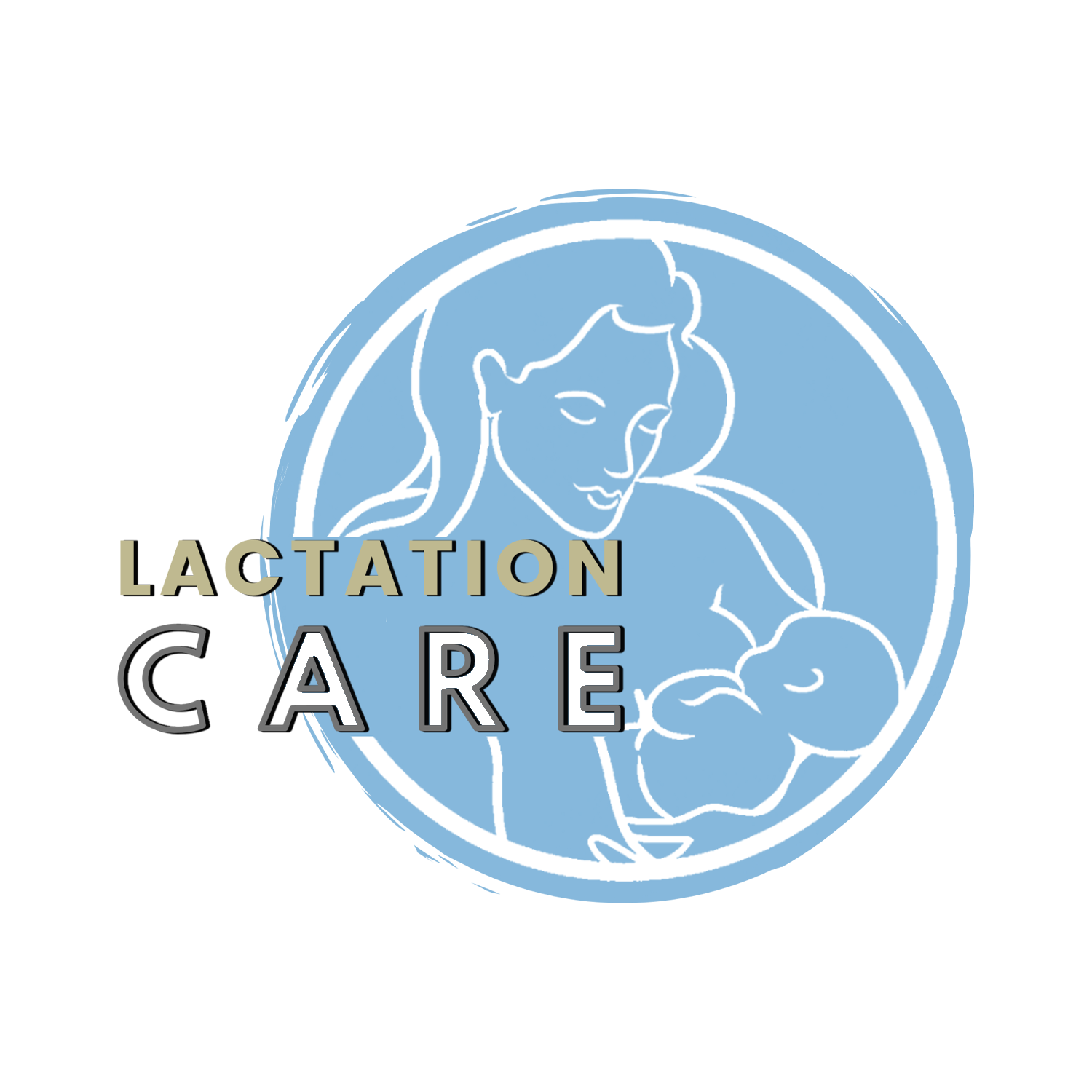Thinking About a Breast Pump?
This article covers pumping and hand expression.
Most women do not need a pump. Purchase or rent after the baby is born and then only when you know what you need it for. Pumps can be used for inappropriate reasons and may not be the most effective tool. For example, a few days after delivery some mothers may have engorgement. For engorgement, reverse pressure softening, or hand expression, usually work much better than a pump. Another example is for latch issues. A lactation consult is a better use of your resources so that the underlying problem may be identified and addressed.
To learn how to manage engorgement, practice reverse pressure softening. Note the goal is to soften around the areola so your baby can more easily latch. The goal is not to get milk out although that may also happen.
To increase supply, manage engorgement, practice nipple care, or express milk, check out these three hand expression videos and a fourth video related to pumping more effectively when also using your hands:
There are many brands of pumps on the market, and then there’s types of pumps such as manual, electric, one-sided and two-sided each with different purposes. If you wish to explore breast pumps, I am happy to discuss options with you.
Pumping tips:
The frequency of pumping matters more than the length of pumping.
Standard advice is to pump for 15 minutes, 8 times/day. Here’s a variation. Use massage & hand expression for 2 minutes before pumping, during pumping use massage or compression for about 12 minutes, then hand express for another 2 minutes.
Length of time to pump:
Stop pumping a few minutes earlier if getting only a drop every 10-15 seconds. In other words, shorten the pumping session. But then pump again soon, even if it’s only for about 5 minutes. The extra time stimulating your breast is helpful.
Some mothers need to pump a little longer than 15 minutes, but over 20 minutes rarely yields much milk. Others do better pumping for shorter but more frequently. Experiment with what works for you.
It is not uncommon if a mother needs a different size flange on each side.
Did you know?
All mothers are encouraged to learn how to hand express breastmilk.
You can start practicing hand expression after 36 weeks of pregnancy unless your care provider has stated not to, or you are advised to stop having sex.
If you get any colostrum, save it in a sanitized container and have it close by for your baby’s delivery. If delivering in a hospital, label it and bring it with you.
Hand expressed milk could be helpful after delivery for:
Lining your baby’s gut.
Boosting your baby’s blood sugar levels. Even a drop makes a difference.
Enticing your baby to your breast.
Feeding your baby.
“Oral immune therapy”.
In the first 1-2 days, mothers get more milk by hand expressing than pumping.
Rental pumps are designed for use by multiple users, with detailed sanitizing in between renters, but anything purchased is meant for only one user.
Contact us if:
You are counting on your expressed breast milk to feed your baby and your supply is decreasing.
You wish to get your baby back to breastfeeding.
Your baby is starting to like bottle feeding more than breastfeeding.
Pumping is hurting or not working for you as we can explore options.
Know you are not alone. We can help.
Resources:
Expressing and Storing Breast Milk https://resources.beststart.org/wp-content/uploads/2018/12/B35-E.pdf
Expressing, Collecting, and Storing Human Milk https://breastfeedingresourcesontario.ca/sites/default/files/pdf/BFI_expressing_storing_web2.pdf
Nancy Mohrbacher on pumping http://www.nancymohrbacher.com/search?q=pump&f_collectionId=559c03ece4b00a6dfd928e0c
© 2020 April 16th Lactation Care, Sonya Boersma MScN, RN, IBCLC, Updated 2020 November 3
May be reproduced without additional permission and with acknowledgement.

